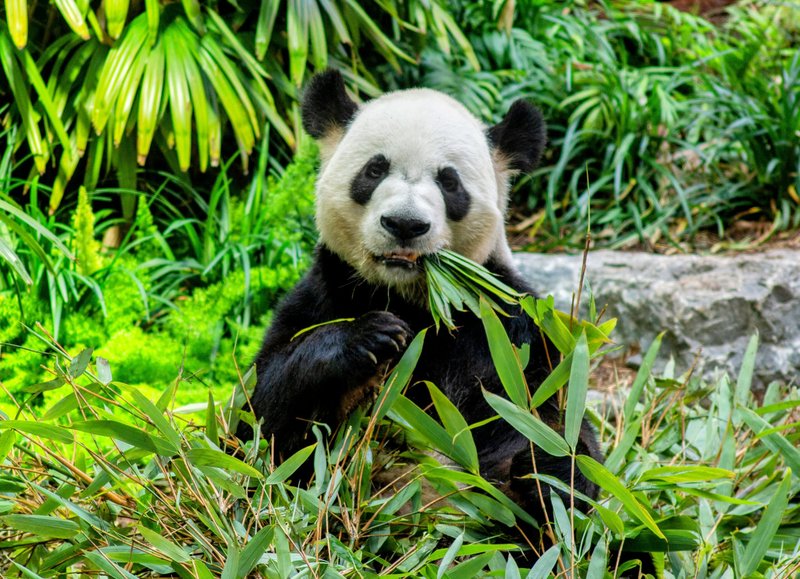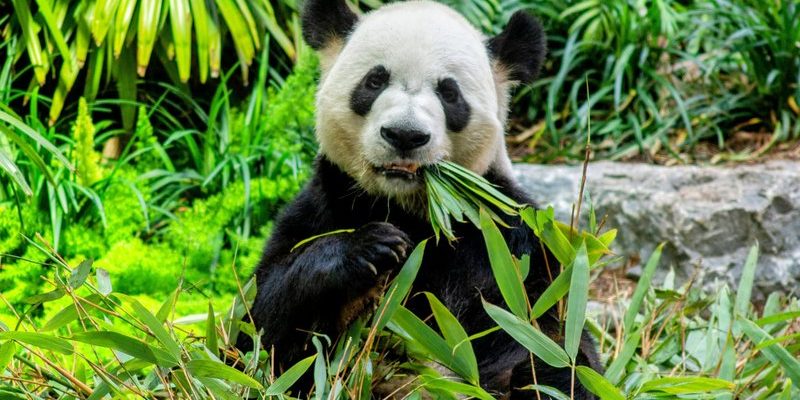
You might be wondering how these adorable creatures actually go about parenting. It’s not as straightforward as it seems! In the wild, a panda mother’s role is crucial from the moment her cub is born. With only a few chances to reproduce during their lifetime, the stakes are high. Keeping their young safe and teaching them the skills to survive is a full-time job. Let’s dive deep into the fascinating world of panda parenting and see how these furry creatures raise their little ones.
The Birth of a Panda Cub
The journey of raising panda cubs starts with a significant event—the birth. Panda mothers typically give birth between late summer and early autumn, during a time when food is plentiful. After a gestation period of about 95 to 160 days, a mother bear usually gives birth to one or two cubs, although it’s common for only one to survive. This may sound harsh, but it’s nature’s way of ensuring the survival of the fittest.
When the cub is born, it’s about the size of a juice box—tiny, blind, and hairless. In fact, the cub weighs only about 3 to 5 ounces! Now, picture the mother panda, who weighs around 200 pounds, delicately cradling this fragile creature. The bond between them is instantaneous, and the mother knows she has to protect her young from the many dangers lurking in the wild, like predators or even starvation.
Motherly Care: The Early Days
Once the cub is born, the mother panda’s job begins in earnest. For the first few weeks, she stays in a cozy den, focusing solely on her baby. Pandas are highly attentive mothers, often spending up to 12 hours a day nursing and caring for their cubs. Can you imagine the dedication it takes? The cub needs frequent feedings and warmth, which means the mother has to be incredibly vigilant.
During these early weeks, the mother rarely leaves the den. She knows this is a critical time for her cub’s survival. She’ll keep the den clean by eating any leftover placental material. This instinct not only keeps the area sanitary but also helps protect the cub from any potential threats. Isn’t that fascinating? A mother panda’s unwavering dedication is a beautiful example of nurturing in nature.
Introducing Solid Food
As the cub grows, around six months old, it begins to venture out of the den and starts nibbling on solid food. At this point, the mother introduces them to bamboo—lots of it! Pandas eat bamboo almost exclusively, so it’s essential for the cub to learn how to eat it properly. Watching a cub clumsily munching on bamboo is both adorable and heartwarming.
Interestingly, panda cubs will continue to nurse until they are about 8 to 10 months old. This milk is nutritious and provides essential antibodies that help boost their immune system. Think of it like a superhero shield protecting them as they explore their surroundings. Once they wean off milk, they will rely heavily on their newfound bamboo diet, so teaching them the ropes is vital.
The Role of Play in Learning
You might be surprised to learn that play is a huge part of a panda cub’s upbringing. Mother pandas encourage their little ones to play and explore their environment. Play is not just fun; it’s incredibly important for developing social skills and learning how to climb trees or find food.
Imagine a young cub tumbling over a log, only to get back up and try again. It’s like a toddler learning to walk, full of determination! These playful moments help build muscle strength and coordination, which are essential for survival. They learn how to navigate their surroundings safely, making them more adept at avoiding dangers as they grow.
Independence: The Next Step
As the cub approaches 18 months of age, it’s time to talk about independence. This is a significant transition, as the mother will start to wean the cub off and encourage it to live on its own. It’s a bittersweet moment, both for the mother and the cub. They’ve shared so much together, but now it’s time to face the wild alone.
Mother pandas begin to increase the distance between herself and her cub gradually. While this may feel like a tough love approach, it’s a vital step in ensuring the cub can survive on its own. During this time, the cub learns the last essential survival skills, like marking territory and finding food without relying on mom. It’s a tough lesson, but it’s one that prepares them for life.
Survival Challenges in the Wild
In the wild, raising cubs isn’t easy. Mother pandas face numerous challenges. From finding enough food to protecting their young from predators, the stakes are often high. The survival rate for cubs is low, with many not making it to adulthood. Factors like habitat loss and climate change further complicate their chances.
Every year, fewer than half of the cubs will make it past the first year. This reality adds to the significance of a mother’s role as she does everything in her power to nurture and protect her young. It highlights the harsh realities of life in the wild, reminding us just how remarkable and resilient these creatures are.
Understanding how pandas raise their young in the wild offers a glimpse into their fascinating behaviors and the challenges they face. From the delicate bond formed at birth to the heartbreaking yet necessary step of independence, every moment is crucial for their survival. If you ever find yourself captivated by a panda video or documentary, remember that there’s so much more behind those adorable faces.
Pandas are not just cute; they embody the complexities of nature’s parenting strategies. They remind us of the beauty and fragility of life, prompting us to appreciate these remarkable creatures. So next time you think about pandas, remember the incredible journey of motherhood that unfolds in the wild, filled with love, challenges, and perseverance.

